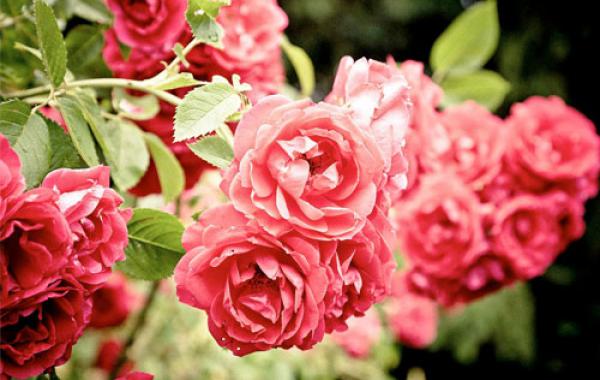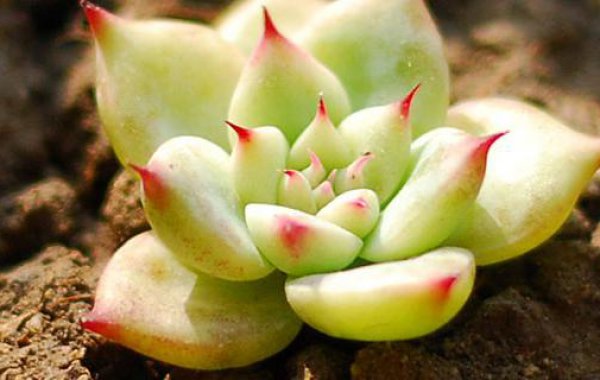Effective prevention and control of flower powdery mildew and no worries about high yield

Powdery mildew is a fungal disease, which often endangers the tender leaves, buds, shoots and buds of flowers. there are dozens of flowers killed, such as rose, rose, peony, gardenia, inverted golden bell, peony, chrysanthemum and so on. A brief introduction is made according to the author's experience of observation and prevention for many years.
The disease mainly occurs in leaves, and in severe cases, it can infect petioles, tender shoots, flower shoots, flower buds, petals and other parts. In the initial stage, the disease shows nearly round or irregular white powder spots, and the susceptible parts show slightly chlorosis or deformities. When the conditions are suitable, the powder spot expands rapidly and connects into pieces, which are covered with white powdery mildew. When the disease is serious, the diseased leaves are wrinkled and uneven, the leaves curl to the back, the tender shoots bend downward, the florescence is obviously shortened or the buds can not expand normally. The disease occurs seriously in the environment of insufficient light, poor ventilation and high air humidity. Excessive application of nitrogen fertilizer, lack of calcium in the soil or over-dry light sandy soil are conducive to the disease. Drastic changes in temperature and over-drying of soil in flowerpots are all conducive to the occurrence of diseases. The prevention and control methods are as follows:
First, the soil and utensils used should be strictly sterilized.
Second, disease-resistant varieties should be selected during reproduction. Such as rose platinum, goddess, love, Smilada, golden Phoenix and so on.
Third, the cultivation environment. Pay attention to ventilation and light, properly reduce the humidity of the air.
Fourth, rational fertilization, nitrogen, phosphorus, potassium should be used together, especially to increase phosphorus and potassium fertilizer to improve plant disease resistance.
Fifth, spray Baume 3-4 degree stone sulfur mixture before early spring bud (melon and leaf chrysanthemum avoid using stone sulfur mixture to avoid serious drug damage), or add a small amount of washing powder (50 grams per 50 kg solution) to the Baomei 0.5 degree stone sulfur mixture solution, the overwintering bacteria in the bud scales can be eliminated. Before the onset of the disease, you can also spray 65% zinc 600 times solution to protect, cut off the diseased branches and leaves and burn them in time after the disease, and then spray 50% carbendazim 500-800 times, with an interval of 10-15 days; or spray 0.01% potassium permanganate solution at 4-5 p.m., 2-3 days apart, 2-3 times in a row, with good results.
- Prev

What matters needing attention are there in changing pots for potted flowers? What is the specific method?
What matters needing attention are there in changing pots for potted flowers? What is the specific method?
- Next

Flower universal nutrient solution meat can be used?
Flower universal nutrient solution meat can be used?
Related
- What if the leaves of potted flowers turn yellow?
- Florescence Control of several Flowers
- Anti-freezing technology and post-freezing nursing technology of flowers
- What is the classification of flowers? What are the common methods of flower classification?
- Prevention and control of alkali and acid damage of flowers in courtyard
- Technology of Anti-freezing and restoring growth of Flower seedlings in greenhouse and greenhouse
- How does flower fertilization not hurt the root? Fertilization technology of flowers
- Key points of disinfection in flower greenhouse
- Several pesticides that are banned or used cautiously in flowers
- How to fertilize the flowers that watch the leaves?

